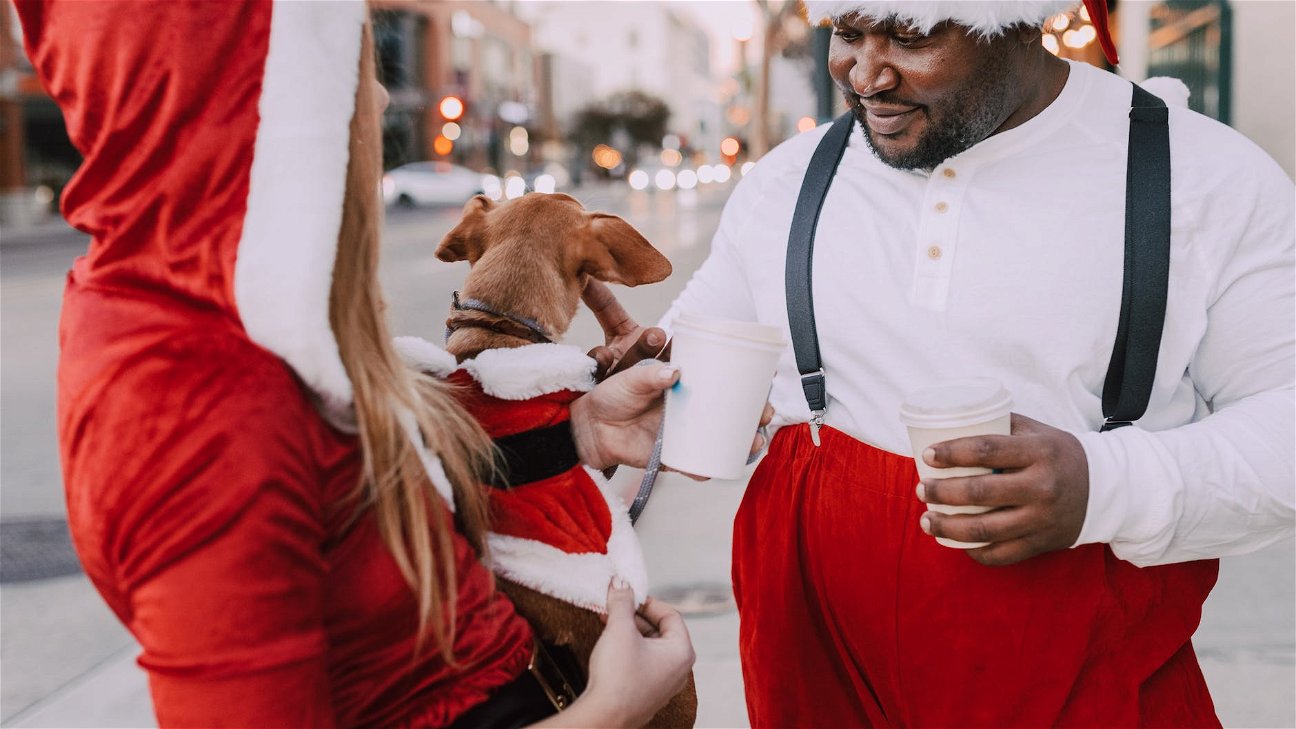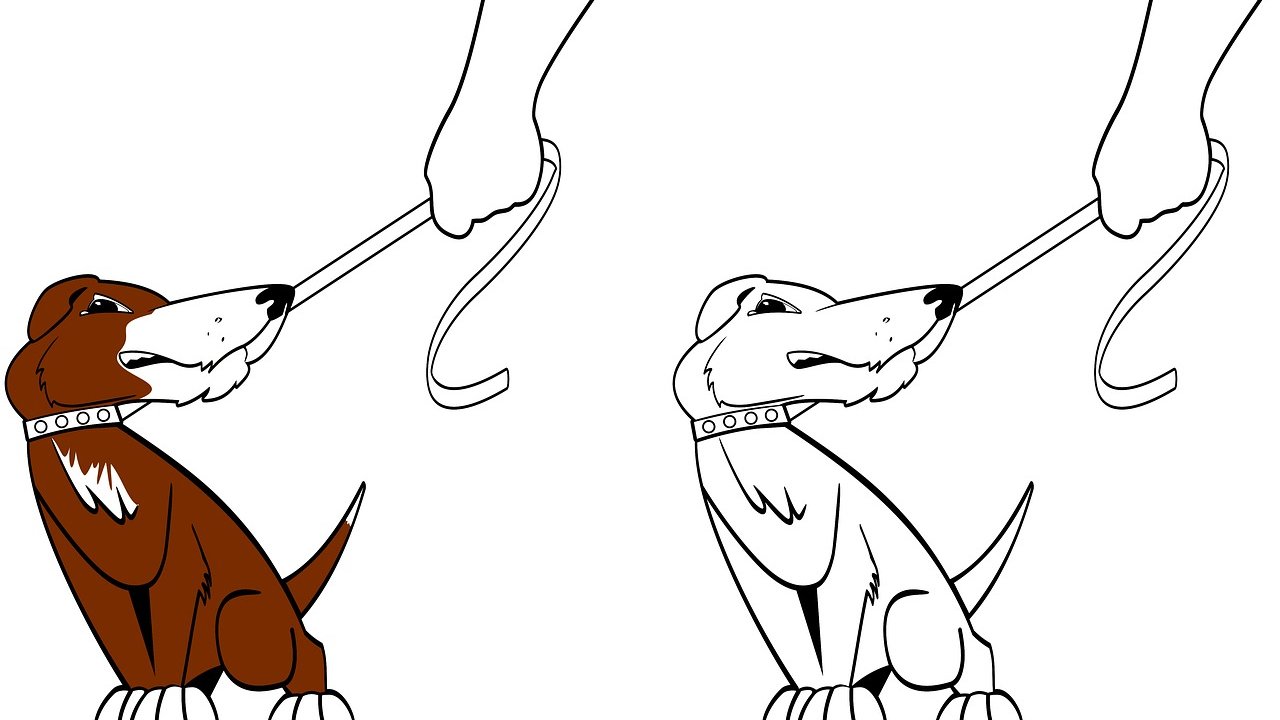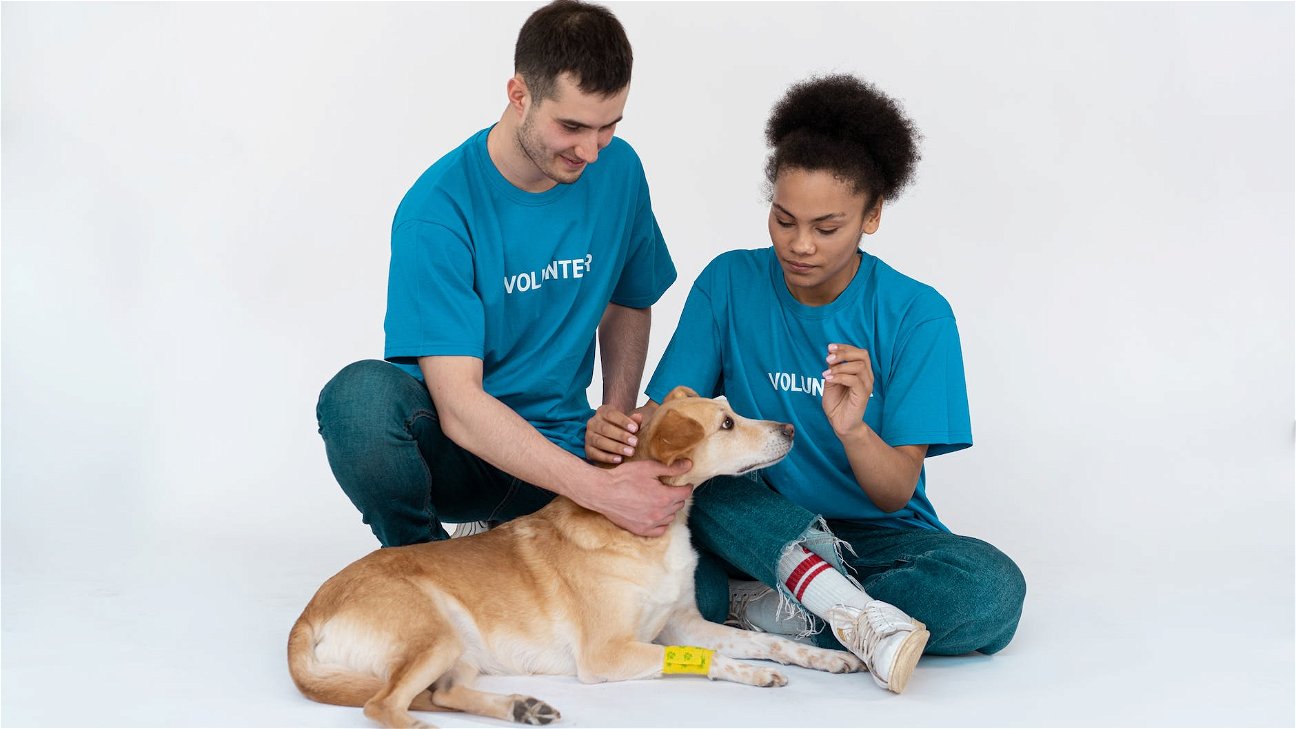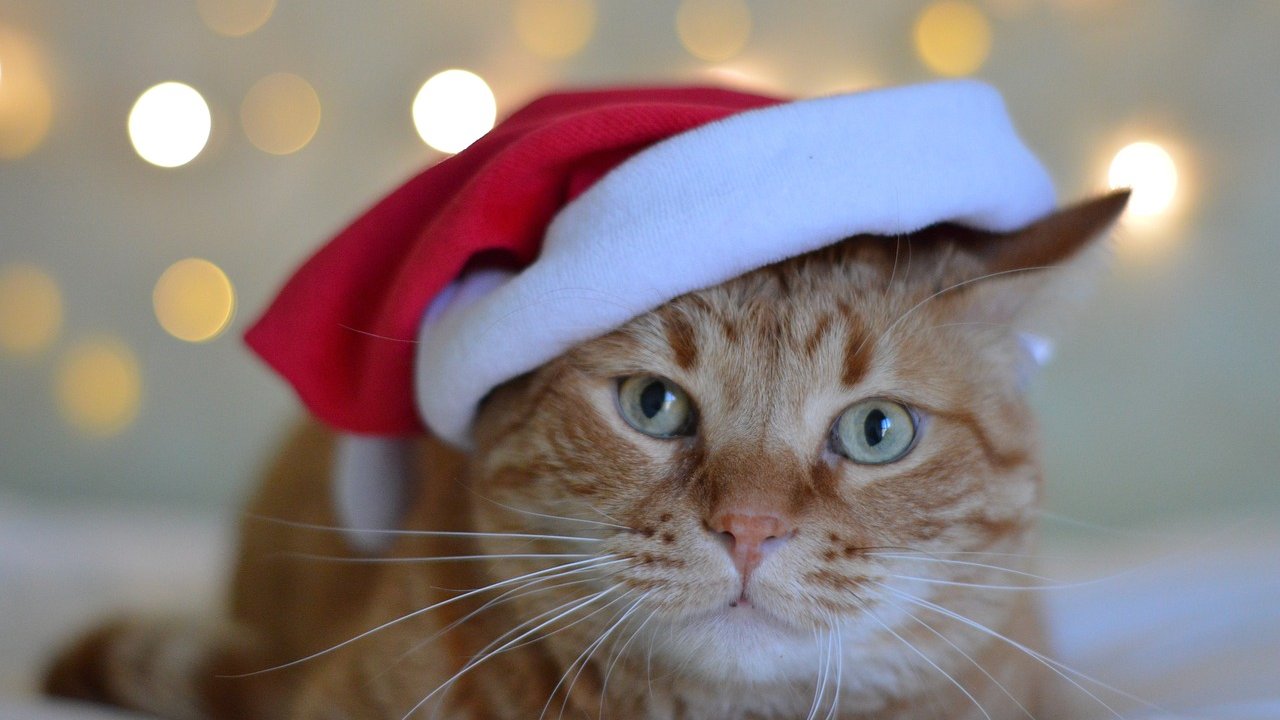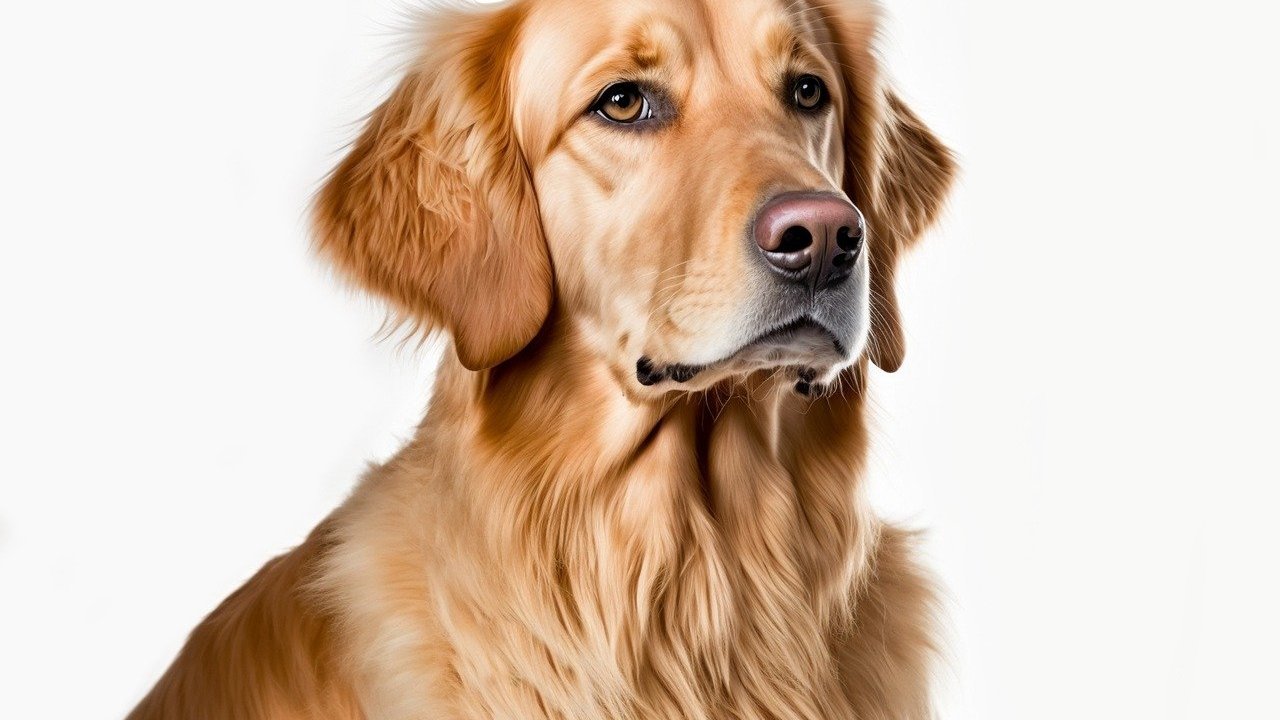
As pet parents, we all want the best for our furry friends. One of the essential aspects of pet care that often gets overlooked, especially in the hot summer months, is pet hydration. This article will discuss the importance of keeping your pet hydrated, signs of dehydration, and most importantly, six effective strategies to ensure your pet stays hydrated in the scorching summer heat.
Why is pet hydration important?
Hydration plays a crucial role in maintaining the overall health of your pet. It aids in digestion, nutrient absorption, circulation, and even temperature regulation. A lack of proper hydration can lead to serious health issues like kidney and liver problems. In the summer months, the risk of dehydration increases significantly because pets can lose water rapidly through panting and sweating from their paws.
Signs of dehydration in pets
Understanding the signs of dehydration can help you intervene early and prevent any potential health issues. Common signs of dehydration in pets include:
- Dry, sticky gums
- Loss of skin elasticity
- Excessive panting
- Loss of appetite
- Lethargy
- Sunken eyes
If you notice any of these signs, it's crucial to seek veterinary care immediately, as dehydration can be life-threatening if not addressed promptly.
How much water should my pet drink?
The general rule of thumb is that dogs should drink about an ounce of water per pound of body weight each day, while cats should consume between 5.5 and 9 ounces. However, this can vary based on factors like age, size, diet, and activity level. In the summer, your pet may require more water due to increased temperature and activity.
6 ways to ensure your pet stays hydrated in summer
Now that we understand the importance of hydration and how to identify signs of dehydration, let's explore six effective ways to ensure your pet stays hydrated during summer:
-
Provide constant access to fresh water: Make sure your pet has access to fresh, clean water at all times. Regularly refill their water bowls and clean them daily to prevent bacterial growth.
-
Use pet-friendly water fountains: Some pets prefer flowing water over still water. A pet-friendly water fountain can encourage them to drink more.
-
Add water to their food: If your pet isn't a big water drinker, consider adding water to their dry food or switching to wet food.
-
Offer water-rich treats: Treats like watermelon (without seeds or rind), cucumbers, and ice cubes can help increase your pet's water intake. Always check if a food is safe for your pet before offering it.
-
Carry a portable water bottle on walks: If you're going for a walk or a long car ride, always bring a portable water bottle and bowl for your pet.
-
Avoid peak sun hours: Try to walk your pet early in the morning or late in the evening when the sun isn't at its peak to prevent excessive panting and sweating.
Remember, while these strategies can help ensure your pet's hydration, nothing can replace the advice of a trusted vet. Always consult with your vet about any changes to your pet's diet or routine, and seek immediate care if you suspect your pet is dehydrated.
Hydration is an essential part of pet care, especially in the hot summer months. By understanding the importance of hydration, recognizing the signs of dehydration, and implementing these six hydration strategies, you can help ensure your pet stays healthy and hydrated all summer long.
